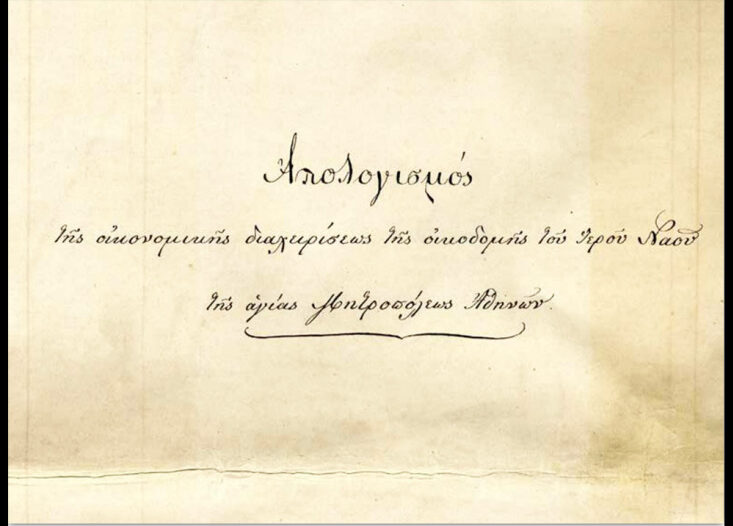
The urban planning of Athens, the reconstruction of the city, its transformation from a war-damaged city into a modern capital, has its own interesting, multi-layered history. The very choice of Athens as the capital of the state was not self-evident. However, the city’s ancient past gave Athens not only ‘coolness’ but also political advantage.
The transfer of the capital of the newly established state from Nafplio to Athens made necessary the construction of infrastructure, public buildings that would serve the needs of the administration, health, education and religious worship of the inhabitants. Many European architects took advantage of the opportunity to work in the city, responding to the call of Kapodistrias and the Regency, leaving their imprint on the public buildings, many of which continue to be landmarks of the capital. The architecture of Athens acquires characteristics that underline the western orientation of the city, which wants to discard its still recent Ottoman past.
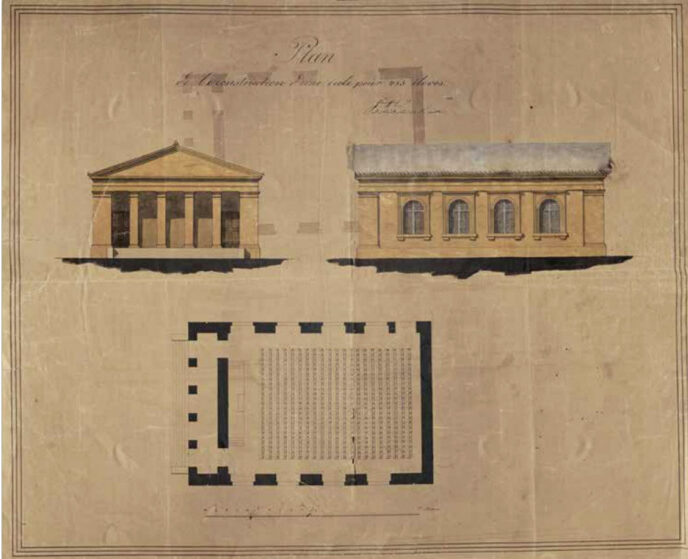
Plan (floor plan and facades) of the 1st Primary School of Athens
In the exhibition “The Glorious Athens is under building”, the birth of a capital” is due to the study of the archives of the Ministry of Internal Affairs and the archive of the City Plans that were consistently and organized during the Otto period. A significant part of the archival material is in German and even in illegible writing making their study extremely difficult.
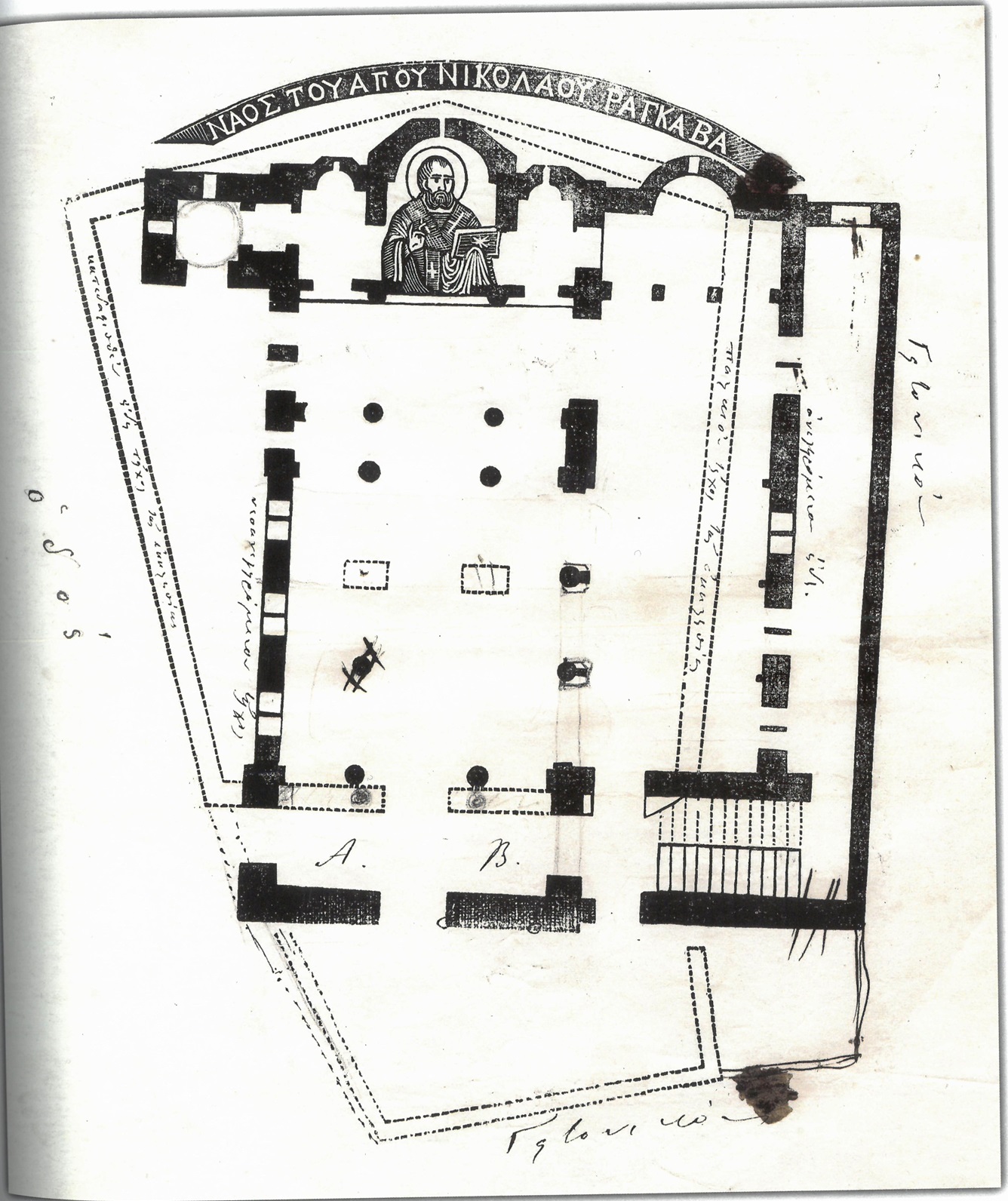
Plan of the Church of St. Nicholas Ragavas, Athens 17 September 1851.
The occasion for the exhibition is the 190th anniversary of the decree of 18/30 September 1834 that anointed Athens “Royal Seat and Capital”. The presentation of the material is structured in eight sections, “Athens: Royal Seat and Capital’, ‘Royal Palace’, ‘Public Buildings’, ‘Streets – squares – fountains’, ‘Public Works and Infrastructure’, ‘Antiquities’, ‘The Olympic Games and Cultural Life in Athens’, ‘Commercial and Artisanal Production in Athens’. The configuration of the road network of Athens with the opening of new roads and boulevards, their naming, the laying out of squares and the expropriation of land for the construction of public buildings. Emblematic public buildings constructed either by the State or through donations from Greek benefactors to meet the needs of the city are shown. Persons who staff the relevant institutions, Greek and foreign architects, urban planners, surveyors, geodesists, engineers and legal engineers who contribute to the process of transporting the capital, putting their stamp on the shaping of the city.
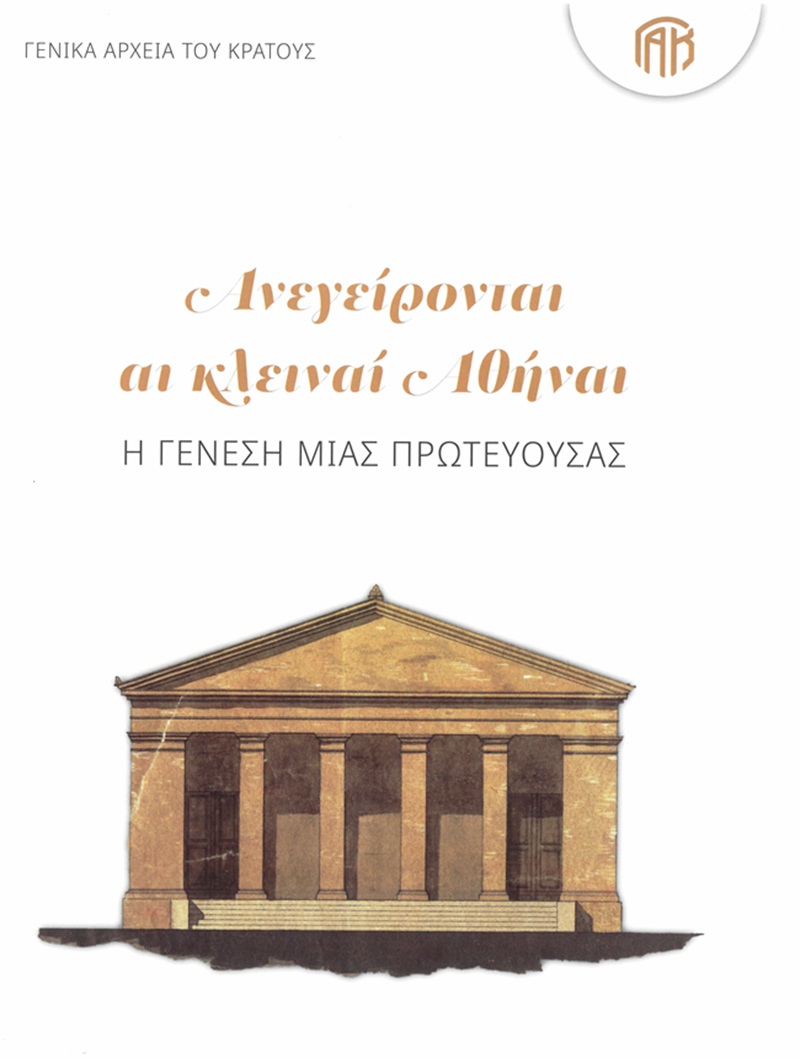
The exhibition is accompanied by a luxurious catalogue containing texts by Minister Kyriakos Pierrakakis, Deputy Director General of the GSA Amalia Pappa, History Professor Dimitris Sotiropoulos, art historian Marilena Kasimatis, GSA Archivist Anna Koulouridis, as well as rich photographic material from the rich collection of the GSA.
Where: General State Archives, Dafnis 61, Psychico
Exhibition Duration: 11.04.2024–20.12.2024
ADMISSIONS FREE
Working Hours: Monday– Friday 10.00-14.00 (excluding bank holidays)

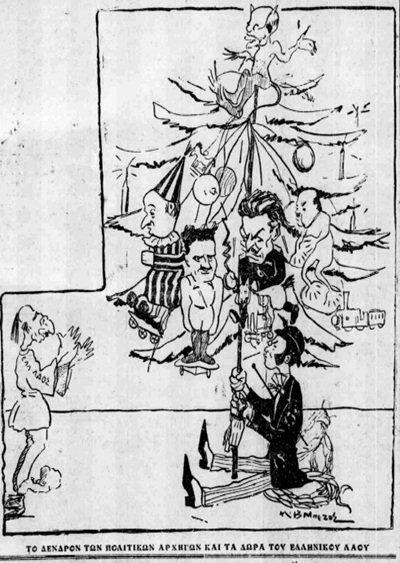
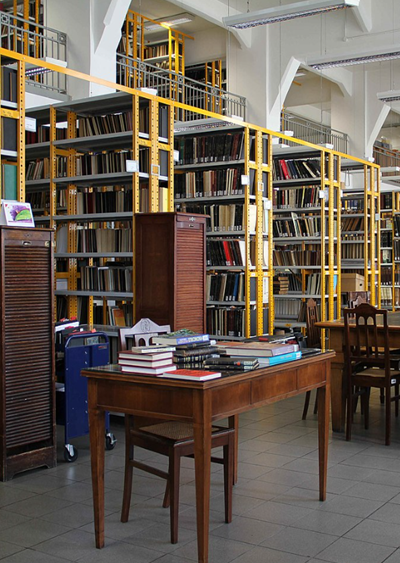




Leave A Comment